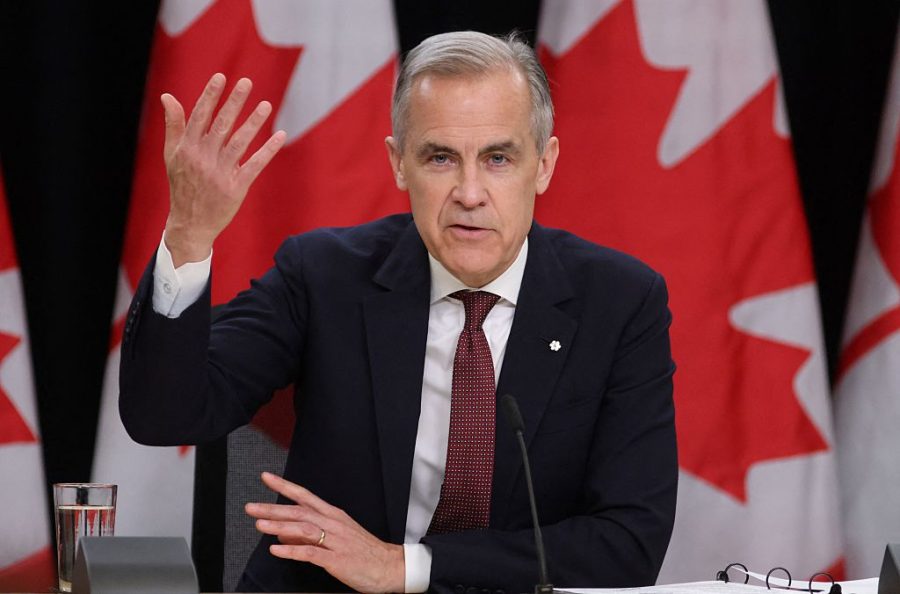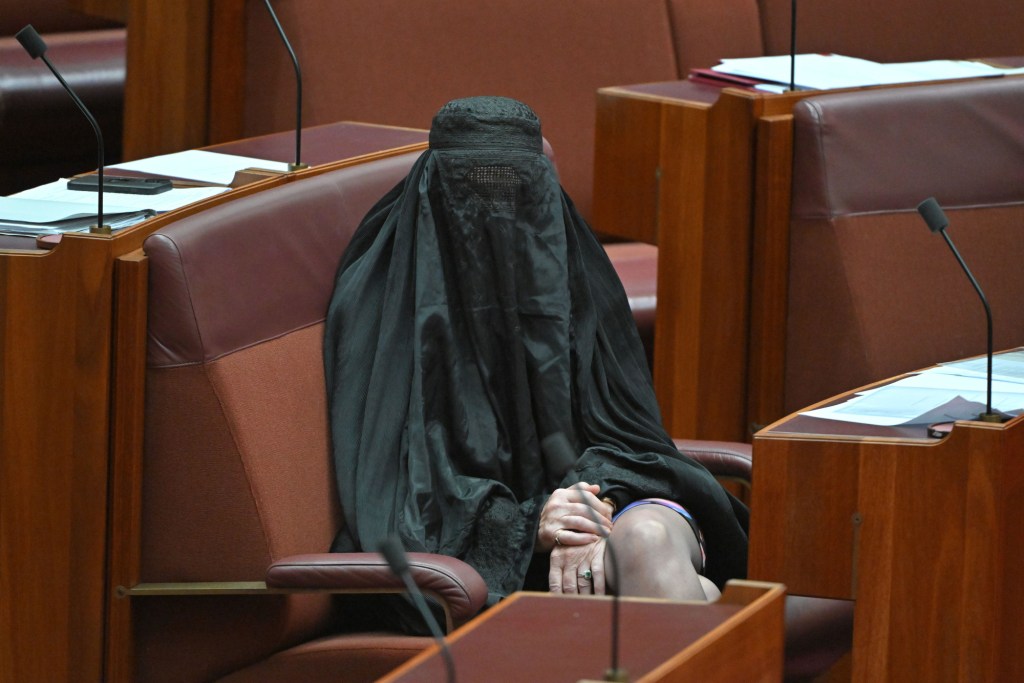The narrow victory of Mark Carney’s Liberal party in last month’s federal elections in Canada was an extraordinary reversal of fortune. Before the former governor of the Bank of England became Canada’s 24th prime minister, the opposition Conservative party had regularly enjoyed double-digit leads in the opinion polls. Carney, by placing a defiant and punchy anti-Trump message at the heart of his campaign, turned the election on its head and will remain in office.
The prime minister of Canada is suddenly a folk hero around the world for standing up to the playground bully, playing a slick, globalist David to Trump’s angry, nativist Goliath. There are now suggestions that this week’s summit in Oslo of the ten participant nations in the Joint Expeditionary Force (JEF) will consider whether Canada should be invited to join the organisation.
What would Canada actually bring to the table?
The JEF was a concept devised by the UK, set out in 2012 by chief of the Defence Staff General Sir David Richards in a speech at RUSI. He described it as an ‘integrated joint force with capabilities across the spectrum at sea, on land and in the air. A force that can confidently be allocated a specific slice of the battle space in an allied operation or act alone’. It would be a framework into which forces could be fitted for deployment by Nato, as part of an ad hoc coalition or for unilateral military action, and Richards emphasised its flexibility and agility.
A foundation memorandum of understanding was signed after the 2014 Nato summit in Wales by seven participant nations – the UK, Denmark, Estonia, Latvia, Lithuania, the Netherlands and Norway – and the force was stood up the following year. Finland and Sweden joined in 2017, and Iceland in 2021.
It is easy to see why participation in the JEF would be attractive to the new Canadian government. Not only would it provide a kind of belt-and-braces alignment with a number of Nato allies, but it would provide Canada with a new and distinct military status and stance, one which does not involve the United States. Ed Arnold, a senior research fellow in European security at RUSI, noted that ‘from a Canadian point of view, the Western Hemisphere seems a quite lonely place at the moment’. Carney said in March that Canada’s previous relationship with the United States, ‘based on deepening integration of our economies and tight security and military cooperation, is over’.
On the European side of the equation, given President Trump’s deep unpopularity in many countries, there is a frisson of excitement at extending a hand to Carney as everyone’s new best friend: this St George may not have slain the American dragon, but he has at least turned to face it rather than claiming to adapt to a new fire-breathing reality in which that dragon has many good qualities. Our political leaders are not much more immune to emotional rushes than the rest of us, and Carney’s electoral success, reinforced by that of Prime Minister Anthony Albanese over the Trump-coded Peter Dutton in Australia’s federal elections, is causing hearts to flutter.
That the United States is distancing itself from Europe is undoubtedly true. So is the fact that the current president’s volatility and fantasy-derived policy by spasm of instinct have made America an unreliable partner in the global security arena. Anyone who doubts that need only speak to Volodymyr Zelensky. But the existing JEF nations should be careful about what they are taking on.
What would Canada actually bring to the table? Although some of its soldiers fought with distinction in Afghanistan, the country’s defence spending is currently less than 1.4 per cent, and many people suggest that even this is over-reporting because of its inclusion of items like veterans’ pensions. It is not the only country to add those sorts of things to its ‘defence’ spending to reach the largest number possible, but it still leaves Canada falling well short of the Nato-agreed minimum of 2 per cent of GDP, which was first agreed nearly twenty years ago.
It is only fair to note that the Canadian government does plan to increase defence expenditure to meet the 2 per cent minimum. This was originally anticipated to take until 2032, though Bill Blair, the minister of national defence, claims, rather optimistically, that it can be met as early as 2027. But even that would leave Canada firmly in Nato’s bottom third in terms of spending as a percentage of GDP. The Canadian Armed Forces have also suffered from persistent and widespread problems with recruitment, the Canadian army has been reduced to a fleet of around 70 main battle tanks and recent reports suggest as much as half of Canada’s military equipment may be unserviceable.
The JEF proves its worth by its flexibility and readiness, the concepts around which it was designed. Its current participants must have a watchful eye on membership criteria, because if it is used as a tool of defence diplomacy, a set of gang colours with no regard for the capabilities newcomers bring, it could become little more than a device for virtue-signalling. That is the last thing Europe’s defence needs.








Comments